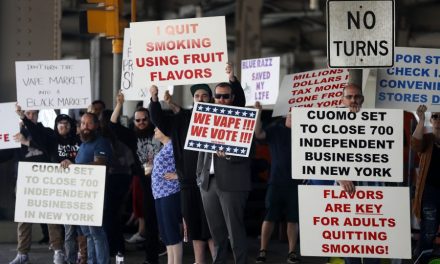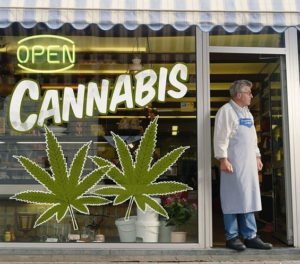I’ve long been fascinated by the way the treatment and criminal justice communities interact with one another when it comes to addictions. Sometimes things go astoundingly well. Other times, however, it’s a struggle.
When that happens, it feels as if the two systems operate on different principles and speak different languages.
Maybe that’s the problem.
After all, the most basic role of the criminal justice system is to enforce the law, and its primary tools are punishment and deterrence. Black’s Law Dictionary defines punishment in terms of “…Any pain, penalty, suffering, or confinement inflicted upon a person by the authority of the law and the judgment and sentence of a court, for some crime or offense committed by him (or her, of course), or for his (or her) omission of a duty enjoined by law.” That’s a mouthful, but I think we understand.
Deterrence goes hand in hand with punishment. The idea is to discourage future criminal activity through fear of the consequences. If someone commits a serious crime, or habitually breaks the law, we expect them to receive commensurately severe punishment. This is also intended to deter others from making the same mistake. It’s actually called the deterrence effect, and it can be specific to a certain type of crime, such as drug dealing or computer hacking, or intended to thwart criminal activity in general.
Those of us who work in treatment quickly sense a problem: people with drug and alcohol disorders are not likely to respond to this approach. That’s because it runs contrary to the nature of addiction itself, which is defined in terms of three primary characteristics. Those are:
- Compulsion, or an “irresistible” urge to behave in a certain way, even if it runs against one’s own values or intentions.
- Loss of control, or inability to limit one’s impulses and actions through force of will, and
- Continued use despite adverse consequences. Translation: bad things happen to addicts as a result of use, yet use continues — sometimes to the point of death or disaster.
It’s as if a higher power had designed addiction to cause problems for the criminal justice system. Fortunately, in many communities law enforcement has learned to work with treatment providers to integrate rehabilitation and prevention into the process.
It’s still not a perfect system, and as Siegler and Osmonds pointed out back in the 1970’s, programs that focus on rehabilitation and prevention often have to shift direction back to punishment and deterrence if results don’t arrive quickly enough for an impatient public.
Still, I know many folks who might well have never found their way into recovery without coercion from the Courts– and who, in the absence of that authority, might have done far more damage along the way.













